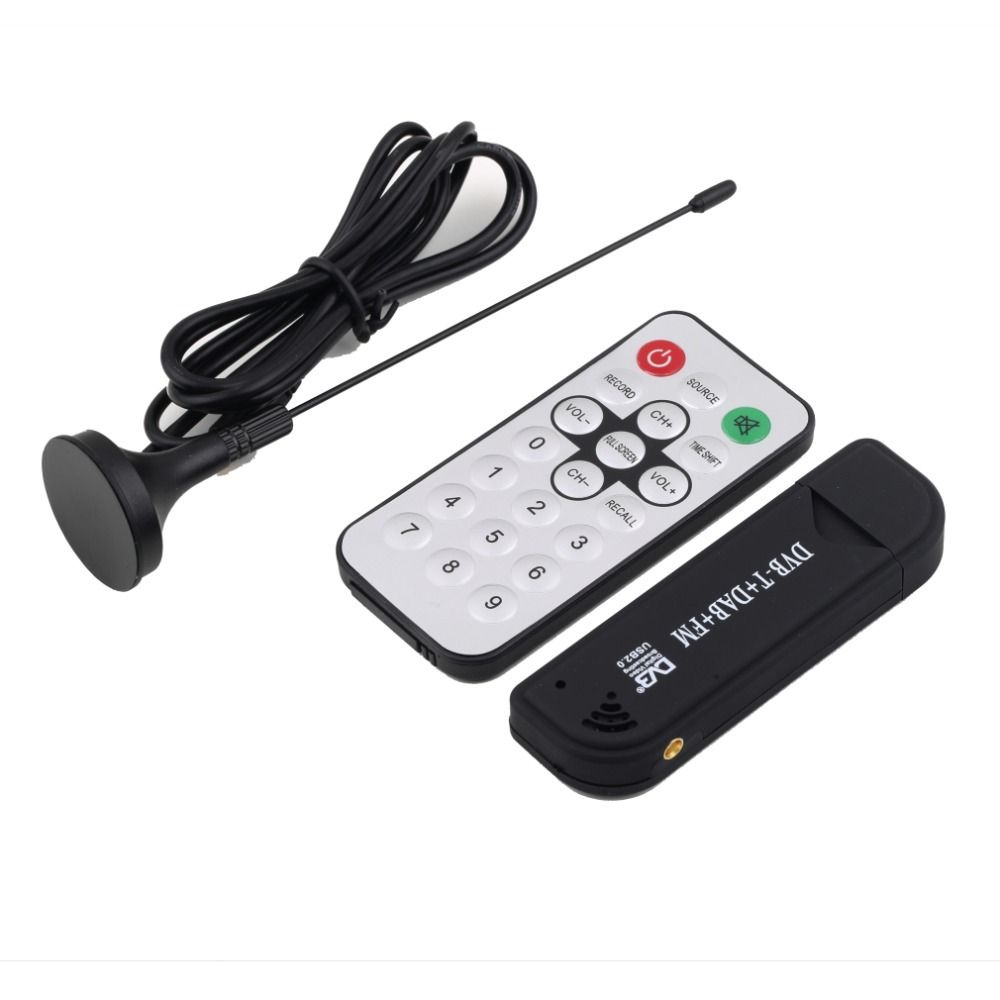
This is another hidden spec that requires a little online or hands-on research to uncover, so check carefully beforehand and make sure the return policies for your pick aren’t too onerous you may find yourself back at the checkout.
WHAT IS A TV TUNER FOR PC PC
In the “nice to have” column is support for refresh rates higher than 60Hz, but there’s a catch to this: many HDTVs that support 120Hz or higher don’t accept 120Hz inputs they take a 60Hz signal and convert it into higher rates via interpolation, a messy process suited to video playback but disastrous for PC and gaming applications.Īnd the ones that actually run at over 60Hz tend to be expensive. The problem is compressed modes don’t do too well with less organic, static imagery such a text display or browser window, which appear blurry or distorted due to the visual artifacts inherent to the compression process.
WHAT IS A TV TUNER FOR PC FULL
Some panels used in TV sets only support more highly compressed 4:2:2 modes, which produce moving images almost indistinguishable from full RGB. This number can be hard to find on a shoestring budget, so plan to do a little research rather than assume the spec is waiting on the manufacturer's website.Īnother must-have feature is support for the full RGB or YCbCr 4:4:4 color space, which is checked via settings in the display control panel. The requirements include, at least, latency below 30ms, although lower is preferred. Ignore most marketing materials when selecting a TV for gaming or desktop use and focus on a few key features-some are absolute requirements while others are nice luxuries. Note that you'll need to check your cables and connectors to ensure a smooth high-refresh viewing experience. Given most PC monitors top off around 34 inches, this isn’t much of a hardship. It's better for both eyesight and wallet weight to keep screen sizes in the 40-55 inch range for desktop or similar set-ups. This makes picture quality and uniformity for some panels worse up close than at a distance, since these artifacts disappear at normal TV-viewing distances.Ĭurved displays can help with this, but most of those are expensive, wide-angle panels for gaming monitors. The edges of a narrow-angle panel can creep into color-shift territory if the screen is large and close enough. Sitting centered and looking into the center of the display is the color accuracy sweet-spot. Some panels, especially older LCD designs, have limited viewing angles, and these issues come into play when sitting close to large screens in a typical desktop situation. Learn the mathīest gaming monitor: pixel-perfect panels for your PCīest high refresh rate monitor: screaming quick screensīest 4K monitor for gaming: when only high-res will doīest 4K TV for gaming: big-screen 4K PC gamingĪnother problem with big displays relates to viewing angles. While the impulse might be strong to go for the largest screen you can afford, bigger isn’t always better even when the quality is there.

Keeping the display size from growing comically large is another cash-saving measure that translates into a better viewing experience when paired for PC use.

Of course there are high-end TVs with refresh rates and input lags to match high-end gaming monitors, most famously some of LG's, but Premium HDTVs but since some cost more than a new car, that shouldn’t be surprising. Most expensive features used in high-end TV sets to improve picture and audio either introduce lag or second-guess your computer’s settings for color, sound, or display refresh rates, with less than optimal results. While it seems counterintuitive, sometimes some of the best HDTVs to use as PC monitors are frequently some of the cheapest.

However, you'll need a graphics card capable of pushing that many pixels.
WHAT IS A TV TUNER FOR PC 1080P
If you're worried about a low pixel density on a large 1080p screen, 4K is an option. So consider the pixel density and pick a monitor accordingly, but be wary of what your graphics card can muster. One unintended benefit? Larger pixels increase font sizes by default, a boon to gamers with poor eyesight. Text and detail heavy tasks suffer accordingly, something to consider when figuring productivity into the mix, but gaming escapes relatively unscathed. Since handy intermediate productivity resolutions such as 2560 x 1440 don’t exist in the TV world, lower pixel density is a fact of life compared to dedicated computer displays. Common modes like 1920 x 1080 that are sharp at 24” and slightly coarse at 27” reveal every pixel when inflated to 40” and larger sizes. Keep in mind that while bigger displays give you more screen, they don’t give you more resolution unless you opt for a 4K panel. You might want to consider more than 1080p at 325-inches.


 0 kommentar(er)
0 kommentar(er)
